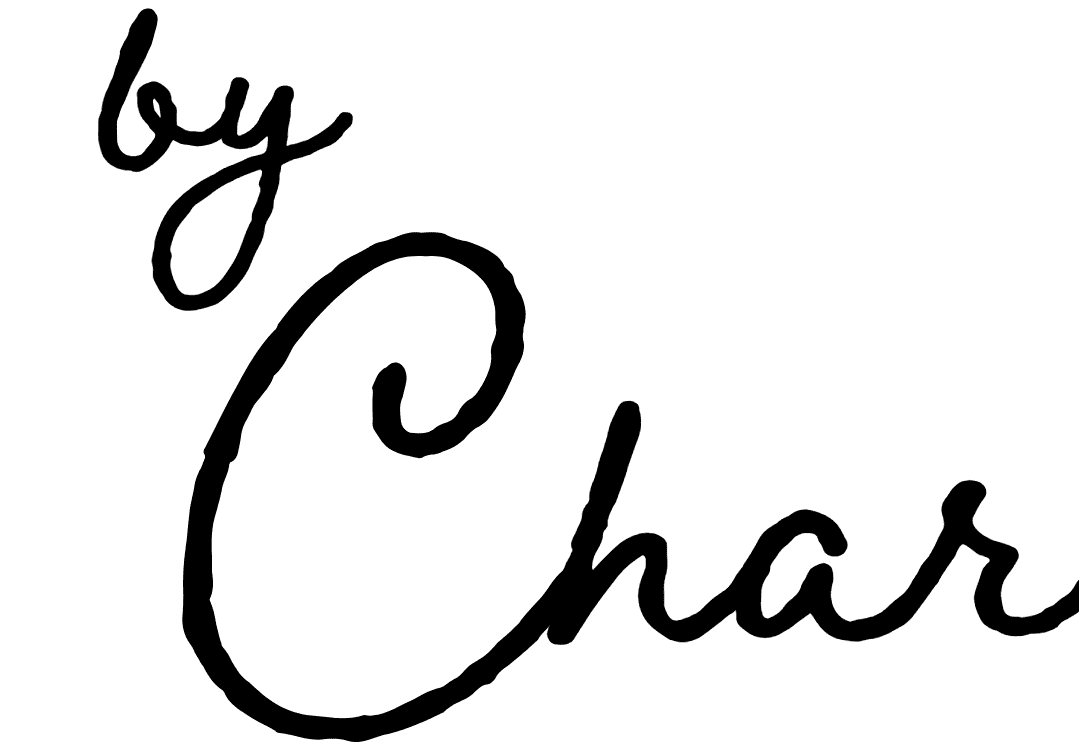Hey there, business owner!
In my last article, I discussed 11 pricing strategies you could employ for remarkable business success, explaining each one in detail and throwing 4 more in as a bonus.
Today, I’ll discuss something different to complement that. I’ll tell you how to choose the right pricing strategy for your business model.
Table of Contents
7 Factors to Consider When Choosing a Pricing Strategy
Let’s get the obvious out of the way, shall we? Here are 7 things you need to know first.
1. Your Costs
This is the first thing you should consider when choosing a pricing strategy.
If you spend $5,000 a month in operational costs, there’s no need for you to use the same pricing strategy as someone who spends $1,000 in operational costs. This will be the deciding factor if you’re torn between cost-plus pricing and value-based pricing.
When considering your costs, note down;
- Fixed costs like rent and salaries
- Variable costs like raw materials, advertisements, shipping, and delivery
2. Your Business Goals
Different pricing strategies have different effects on your business.
Some pricing strategies will bring you immediate revenue and market penetration, clearing your inventory.
Others will bring you customer loyalty, brand establishment, and sustainable growth.
Ask yourself, “Am I here for the long game or the short game?”
3. Your Market
This is a broad topic, so let’s keep things simple.
Your customer segmentation, market demand, and customer preference.
Always consider these 3 factors when considering your market.
Your customer segmentation helps you recognize your different customer segments, their willingness to pay, and their budget.
The higher the demand for your product and the more willingly paying customers, the more pricing strategies you can choose from.
Knowing if your customers value quality, cost, exclusivity, etc, can better help you decide.
4. Competitive Analysis
Another broad topic, so as usual, we’ll keep things simple.
Consider if your competitors are known for being premium, affordable, or exclusive. We call this market positioning.
After that, check your competitors’ pricing strategy. Don’t decide solely on that, check if there’s room for you to try something different.
5. Your Offering
That’s my way of saying your product or service.
Do you have a USP? What’s your product life cycle?
Check the pricing strategy cheat table at the end for more information.
6. Industry Norms
Check the rules of thumb in your industry.
Doing this will let you understand customer expectations, behavior, and spending habits. I mean not being the first in your industry is like having a template to work with.
Take full advantage of it.
7. You Will Experiment and Adapt
Face it! Whatever pricing strategy you pick now may not still be the best.
Sometimes with all factors considered, you’ll still have 2 – 3 pricing strategies left to consider and that’s perfectly normal.
Pick one, experiment, run A/B testing, improve, and adapt as you go.

Pricing Strategy for Business Models: The Cheat Table
| Pricing Strategy | Best Fit | Benefits |
| Cost-Plus Pricing | 1. Crafts Businesses 2. Bakeries 3. Restaurant 4. Auto Repair Shops 5. Furniture Businesses 6. Graphic Design Businesses | 1. Consistent profit margins 2. All costs are covered 3. Easy to calculate 4. Reduces pricing volatility, allowing for stability 5. Easily scalable |
| Value-based Pricing | 1. Tech Startups 2. Specialized Services (consulting, etc) 3. Organic Skincare Brand 4. Custom Software Developer 5. Fitness Centers 6. Spa Businesses | 1. Higher profit margins 2. Positions your brand as a premium 3. Customer satisfaction 4. Competitive advantage |
| Competitive Pricing | 1. Retail Businesses 2. Online Retail Businesses 3. Digital Marketing Agencies 4. Neighborhood Coffee Shops 5. Restaurants | 1. Market Positioning 2. Attracts price-sensitive customers 3. Keeps you informed on market trends 4. Flexible 5. Builds trust |
| Penetration Pricing | 1. SaaS Companies 2. Local Gym 3. Food Truck Businesses 4. Home Cleaning Services | 1. Quickly attracts customers and gains market share 2. Creates awareness faster 3. Low prices boost conversion 4. Strong market presence |
| Skimming Pricing | 1. Luxury Businesses 2. Tech Gadget Startups 3. Electronics Businesses (B2C) 4. Boutique Fashion Designers | 1. Increases brand image and reputation 2. Increases the offerings’ perceived value 3. Helps recover development costs 4. Helps maximize early profits |
| Psychological Pricing | 1. Online Services 2. Local Gift Stores 3. E-commerce Businesses 4. Freelance Services 5. Supermarkets | 1. Increases the offerings’ perceived value 2. The illusion of affordable pricing increases sales 3. Attracts price-sensitive customers 4. Helps customers quickly make purchasing decisions. |
| Freemium Pricing | 1. Software Businesses 2. Online Tutoring Businesses 3. Digital Marketing Agencies | 1. The free version attracts users faster 2. Constant opportunities to convert free users into paying users 3. Offers the opportunity to build trust 4. Gathers data to help improve offerings and target marketing 5. Opportunity to grow long-term customer loyalty |
| Bundling and Discount | 1. Retail Businesses 2. Fashion Businesses 3. Online Boutique 4. Local Bookstores 5. Digital Marketing Agencies Fitness Centers | 1. Increases sales 2. Helps clear out stock with low sales 3. Extra cash savings help increase the customer’s perceived value of the offerings 4. Introduces your customers to your other products 5. Increases customer loyalty |
| Dynamic Pricing | 1. Travel Businesses 2. Event Services 3. Vacation Rental Businesses 4. Resort Businesses 5. E-commerce Businesses 6. Airlines | 1. Maximizes revenue 2. Flexible 3. Gives you a competitive edge |
| Geographical Pricing | 1. E-commerce Businesses 2. International Fashion Brands | 1. Helps you adjust prices based on various local economic conditions 2. Helps you maximize profits 3. Helps you easily enter new markets |
| Subscription Pricing | 1. Online Fitness Businesses 2. SaaS Companies 3. Subscription Boxes 4. Pet Supply Delivery Businesses | 1. Easily scalable 2. Recurring revenue 3. Retains your customers and drastically improves customer loyalty 4. Simplifies the purchase process |
| Premium Pricing | 1. Luxury Fashion Boutique 2. Specialty Coffee Shops 3. Exclusive Resorts 4. High-end Electronics Shops | 1. High profit margins 2. Displays the brand as high-end and exclusive 3. Improves prestige |
| Economy Pricing | 1. Budget-friendly Restaurants 2. Bulk Grocery Stores 3. Basic Web Hosting Services | 1. Attracts many price-sensitive customers 2. High sales volume 3. Faster market penetration 4. Larger market audience |
| Seasonal Pricing | 1. Holiday Gift Shops 2. Florists 3. Event Planning Services 4. Ice Cream Trucks 5. Farmers Market Vendors | 1. Maximized sales 2. Helps clear out the inventory 3. Maximize revenue throughout the year 4. Allows you to match the price expectations of customers |
My Final Thoughts
As you can see, two or more pricing strategies may fit you perfectly– and that’s alright. Experiment with them and stick with whatever serves you best!
On the other hand, if you’re completely new to marketing, check out these seven marketing fundamentals I shared.
For more real-world business tips, you could also listen in on my podcast, A (Mostly) Stay-at-Home Mom, where I share weekly tips for busy moms earning or looking to earn a side income. Find it on Apple Podcasts, Spotify, and my homepage!


Nice, informative article! I think this article can help business owners evaluate on the pros and cons of each and choose the one which best fits their needs.
Thanks for the kind words!
Charmaine
I appreciate you sharing this business pricing strategy.
Thanks for stopping by!
Charmaine